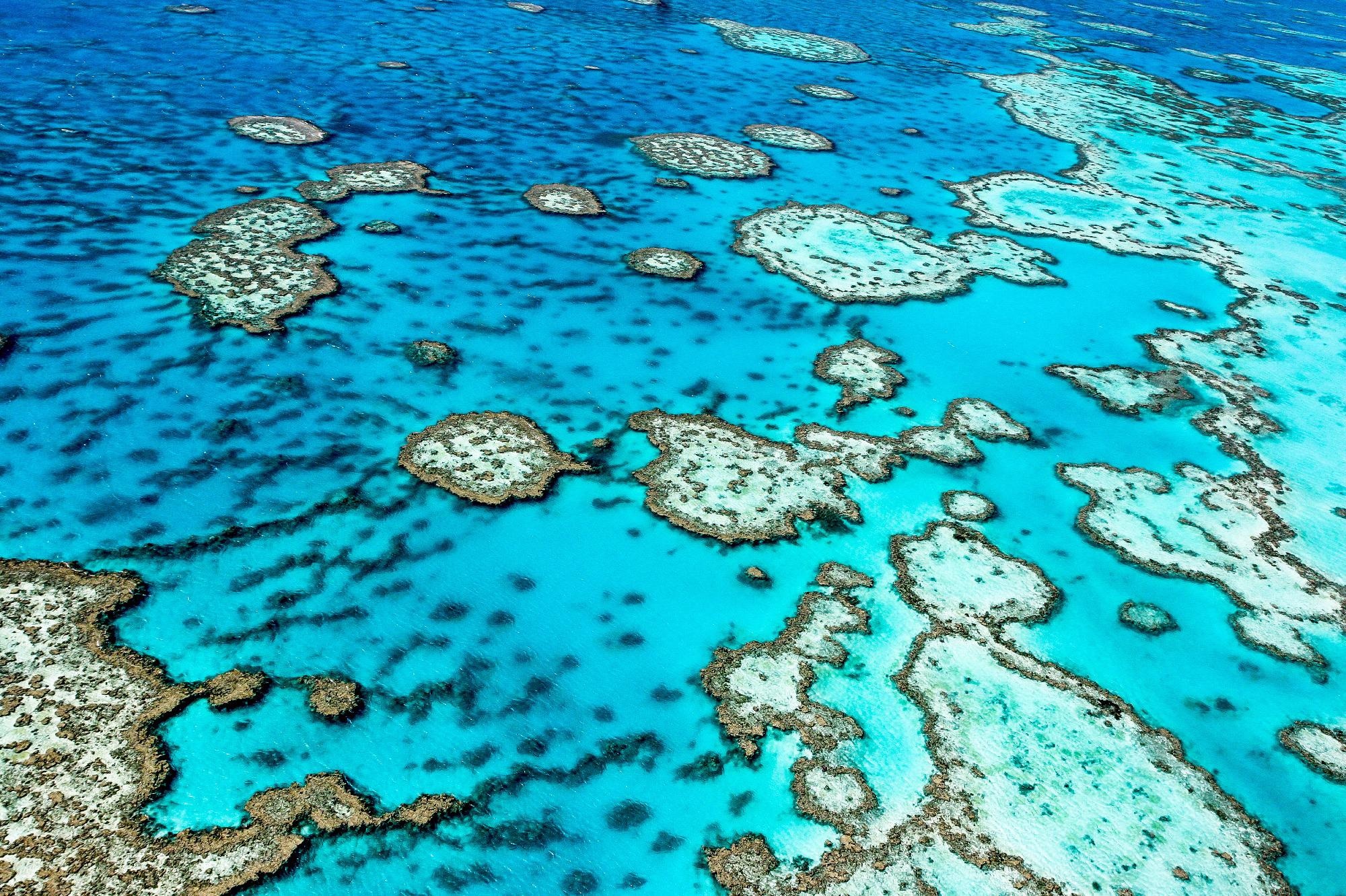A healthy coral reef is a loud environment. Similar to a busy city, the infrastructure results in more organisms and activity, and also more background noise. Every time an invertebrate drags its hard shell over the coral, or a fish takes a bite of its food, the soundscape is enhanced.

Image Credit: Shutterstock.com/ Edward Haylan
At times, whales, dolphins, and vocal fish interrupt with louder grunts and calls. On the whole, when the coral reef is healthy, the hundreds of thousands of animals living inside the reef sound similar to static on the radio, or the crack, snap and pop of a bowl of Rice Krispies when milk is poured on the cereal. The sound differs for reefs that are not healthy, as they appear to be quieter and less diverse.
Lauren Freeman, of the US Naval Undersea Warfare Center Newport, will present experiment outcomes of passively acoustically monitoring coral reefs to get a snapshot of their health at the 182nd Meeting of the Acoustical Society of America at the Sheraton Denver Downtown Hotel.
The presentation, titled, “Coral Reef & Temperate Coastal Soundscape Features Evident in Directional and Omnidirectional Passive Acoustic Time Series,” will take place on May 25th at 11:35 a.m. Eastern US.
Passive acoustic monitoring of coral soundscapes provides a long-lasting, nonintrusive, and economical approach to monitoring the state of reefs throughout the world, which have been put at risk by humanity via fishing, pollution, and climate change.
When compared with healthy reefs, degraded coral communities do not contain rich or different soundscapes. There will be fewer fish calls and more high-frequency noise produced from algae photosynthesizing and discharging bubbles of oxygen, which resound out as they increase through the water.
There is a natural competition between corals and macroalgae on all coral reefs. In most cases with a dying or degraded reef, the macroalgae is winning and covers a lot more of the surface. On a pristine reef, you would see very little macroalgae, and a lot of herbivorous fish that help eat the macroalgae.
Lauren Freeman, US Naval Undersea Warfare Center
An acoustic array was deployed by Freeman and her group to track reefs off the coast of Hawaii. The results obtained were compared to similar data obtained from Bermuda and New England.
Fascinatingly, Hawaii and Bermuda both exhibited a characteristic reef evening chorus, wherein there was an increase in sound levels before sunset. The New England reef experienced similar changes near dusk.
Almost every time I conduct an experiment, we learn more about the complexities and intricacies of ambient biological soundscapes. It’s so exciting to continue to discover more about ocean ecosystems.
Lauren Freeman, US Naval Undersea Warfare Center